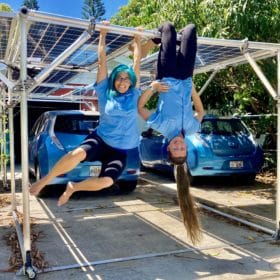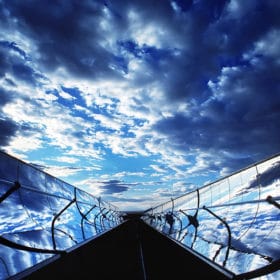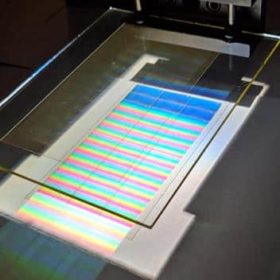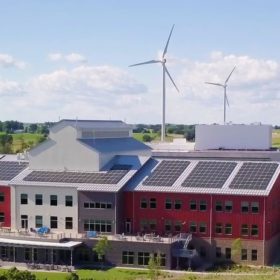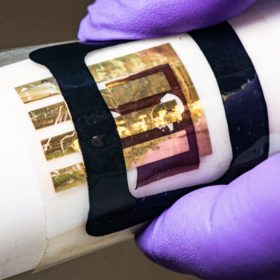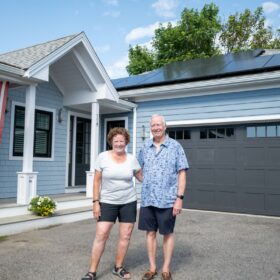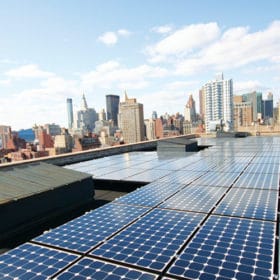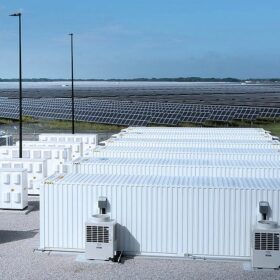Genius award for a student-designed portable solar carport
Dubbed Gismo Power, the appliance is entirely mobile, can be grid-connected, and may be folded for storage.
Duke proposal aims to accelerate EV charging infrastructure in North Carolina
The utility’s proposal is being introduced to support a statewide goal of having 80,000 zero-emission vehicles on the road by 2025.
Enough solar and wind to clean the U.S. power grid… available yesterday
Data show that the U.S. has more than 750 GWac of electricity generation capacity in interconnection queues, with 90% of that clean energy-related. But how much actually will be built?
Holographic light collector could improve solar panel yield
The collector is built with a low-cost holographic optical element and a diffuser and can be easily embedded into conventional PV modules, according to its creators.
This technology could boost PV panel output and reduce thermal heat stress
Enertopia filed provisional patents for technology that it said will use excess heat from PV modules as part of its lithium-extraction process in the Nevada desert.
Solar and wind delivered more energy generation than ever before in March
The two resources accounted for 16.8% of total U.S. energy generation in March, up 34.3% over March 2020.
Tool offers insight into how solar and wind impact wholesale electric prices
Berkeley Lab’s Renewables and Wholesale Electricity Prices tool allows users to compare pricing trends across locations, regions, and timeframes, down to the nodal level.
Scientists gain an atom-level view into perovskite cell efficiency
Using Department of Energy laboratories, scientists learned at the atomic level that a liquid-like motion in perovskites may explain how they efficiently produce electric currents.
Duke Energy to test novel approach to turn coal plants into energy storage stations
Funded by a Department of Energy grant, the project will evaluate Malta Inc.’s thermal energy storage system as a viable, scalable solution.
Maxeon launches a line of frameless, conformable rooftop solar panels
Maxeon’s Air technology platform looks to bring solar to previously inaccessible roof spaces.
